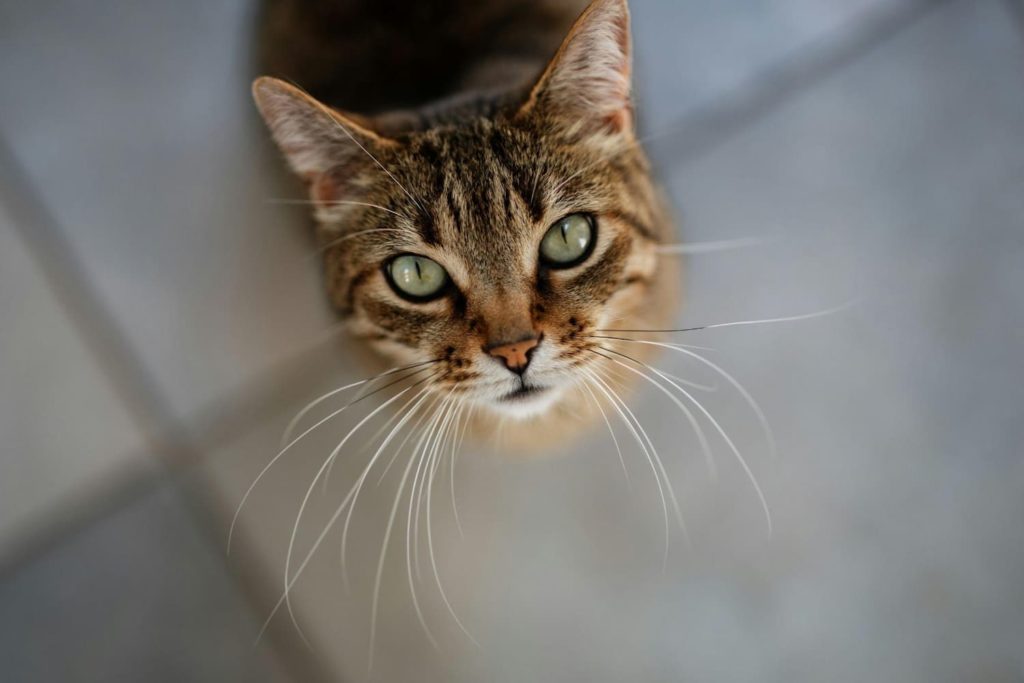Pets are naturally curious, which can sometimes get them into trouble. Many everyday items that seem harmless to humans can be extremely dangerous to our furry companions. Knowing what’s poisonous to pets and how to prevent accidental ingestion can help keep your pet safer.
Since March 16-22 is Pet Poison Prevention Week, it’s a good time to take a look at your home through your pet’s eyes for the presence of foods, plants or household cleaners that could put their health at risk. Let’s ensure your home remains a safe haven for your furry family members by learning how to spot and prevent these hidden dangers.
Foods That Are Toxic to Pets
It’s tempting to share food with our pets, but some human foods can be highly toxic to dogs and cats. Even small amounts of certain foods can cause serious health issues, ranging from digestive upset to life-threatening poisoning.
Here are some of the most dangerous foods for pets:
- Chocolate – Especially dark and baking chocolate, is poisonous to both dogs and cats. The theobromine and caffeine it contains can cause a range of serious problems, including vomiting, a rapid heart rate, seizures, and tragically, even death.
- Grapes & Raisins – Can cause sudden kidney failure in dogs, even in small amounts.
- Onions & Garlic – These common kitchen ingredients can damage red blood cells, leading to anemia in both dogs and cats. Symptoms may take days to appear.
- Xylitol – A sugar substitute found in sugar-free gum, candy, and some peanut butter. It can cause a dangerous drop in blood sugar, seizures, and liver failure in dogs.
- Alcohol & Caffeine – Found in various beverages, these substances can cause vomiting, tremors, difficulty breathing, and even death.
If you suspect your pet has ingested something toxic, contact us immediately.
Plants That Are Toxic to Pets
Houseplants and outdoor plants can add beauty to our homes and gardens, but many common varieties are highly toxic to pets. Dogs and cats are naturally curious and may chew on leaves, flowers, or stems, putting them at risk of poisoning. Some plants cause mild stomach upset, while others can lead to severe organ damage or even death.
Below are some of the most dangerous plants for pets, how they affect animals, and symptoms of poisoning to watch for.
- Lilies – Pose a grave danger to cats. Even a tiny amount of pollen, a nibble on a leaf, or a sip of water from a vase holding lilies can lead to severe kidney failure.
- Sago Palm– All parts of this plant are poisonous, but the seeds are the most dangerous. Ingestion can lead to vomiting, liver failure, and death.
- Devil’s Ivy– A popular houseplant that can cause oral irritation, excessive drooling, and difficulty swallowing in pets.
- Aloe Vera – While great for human skin, aloe can cause vomiting, diarrhea, and lethargy in pets if ingested.
- Azaleas & Rhododendrons – Ingestion can lead to vomiting, drooling, heart issues, and potentially fatal poisoning.
Research houseplants before bringing them into your home, keep toxic plants out of reach, and supervise pets when they’re outdoors. Prevention is the best way to protect your furry friends from plant-related poisoning.
Household Items That Can Harm Pets
Pets are naturally curious and often explore their surroundings by sniffing, licking, or chewing on objects. Unfortunately, many common household products contain toxic chemicals that can cause serious health problems in dogs and cats. Even small amounts of certain substances can lead to poisoning, making it essential for pet owners to store these items safely and use pet-friendly alternatives whenever possible.
Below are some of the most dangerous household products for pets, how they affect animals, and safer alternatives to keep your home pet-friendly.
- Cleaning Supplies – Bleach, disinfectants, essential oils, and drain cleaners can cause severe burns, breathing difficulties, and poisoning.
- Medications – Over-the-counter and prescription drugs, such as ibuprofen, acetaminophen (Tylenol), and antidepressants, can be deadly if ingested.
- Rodenticides & Insecticides – Many pest control products contain poisons that can cause internal bleeding, neurological damage, or organ failure in pets.
- Antifreeze – Contains ethylene glycol, which is extremely toxic to pets. Even a few drops can lead to fatal kidney failure.
If your pet has been exposed to a toxic substance, seek veterinary care immediately.
What to Do in an Emergency
If you suspect your pet has been poisoned, acting quickly is imperative.
Signs Your Pet Has Ingested a Toxic Substance:
- Vomiting and diarrhea
- Drooling or excessive thirst
- Pawing at the mouth
- Lethargy or weakness
- Loss of appetite
- Tremors or seizures
- Difficulty breathing
- Rapid breathing or heart rate
- Seizures or collapse
Immediate Steps to Take
- Stay Calm and Assess the Situation – Identify what your pet ingested, how much, and when.
- Remove Your Pet from the Source – Prevent further exposure by removing toxic substances or moving your pet to fresh air.
- Do Not Induce Vomiting Unless Instructed – Some toxins, like bleach or antifreeze, can cause more harm if vomited.
- Rinse Off Toxic Substances if Needed – If a toxin is on your pet’s skin or fur, rinse with water and mild pet shampoo.
- Collect Evidence – Gather packaging, labels, or samples of the toxin for your veterinarian.
- Call a Veterinarian or Poison Control Immediately.
Protecting Your Pet
Pet poison prevention is all about awareness and precaution. By recognizing common household dangers and taking proactive steps to protect your pet, you can reduce the risk of accidental poisoning.
If you ever suspect your pet has ingested something toxic, don’t wait—contact our team immediately. Quick action can save lives and ensure your pet gets the care they need.
Image credit: Unsplash | NON
